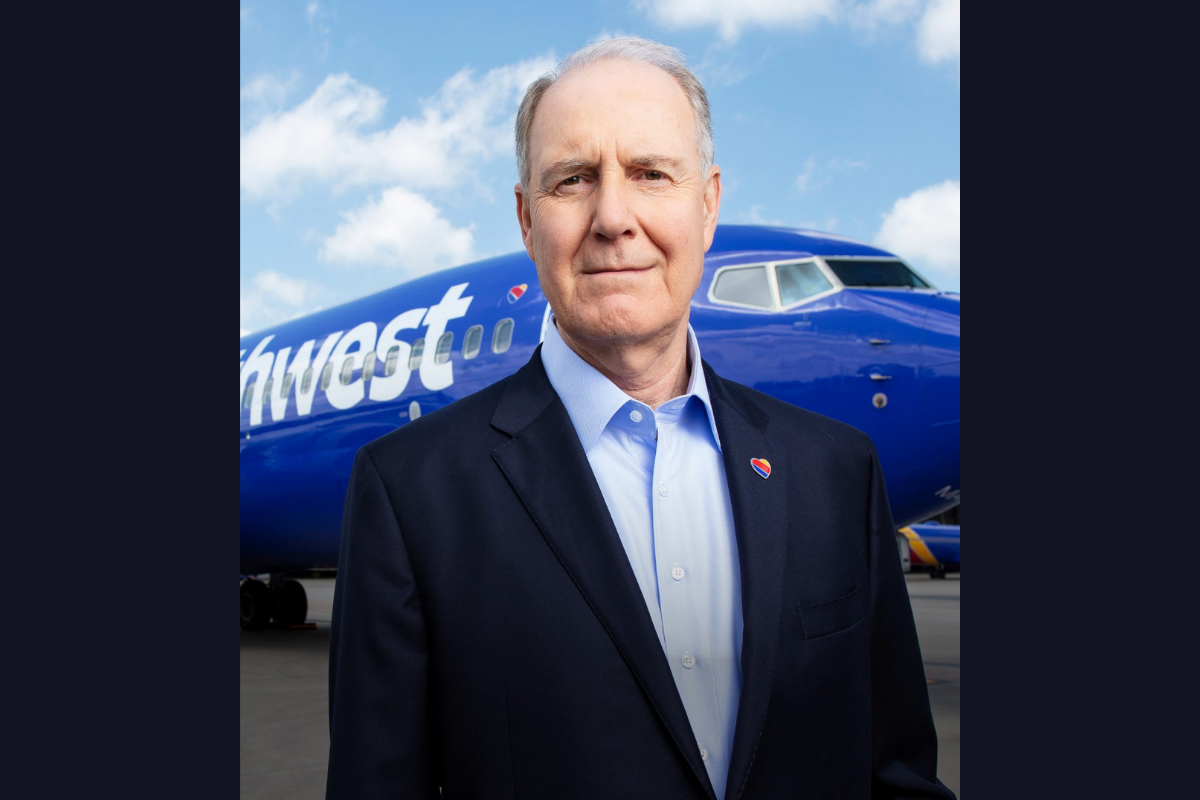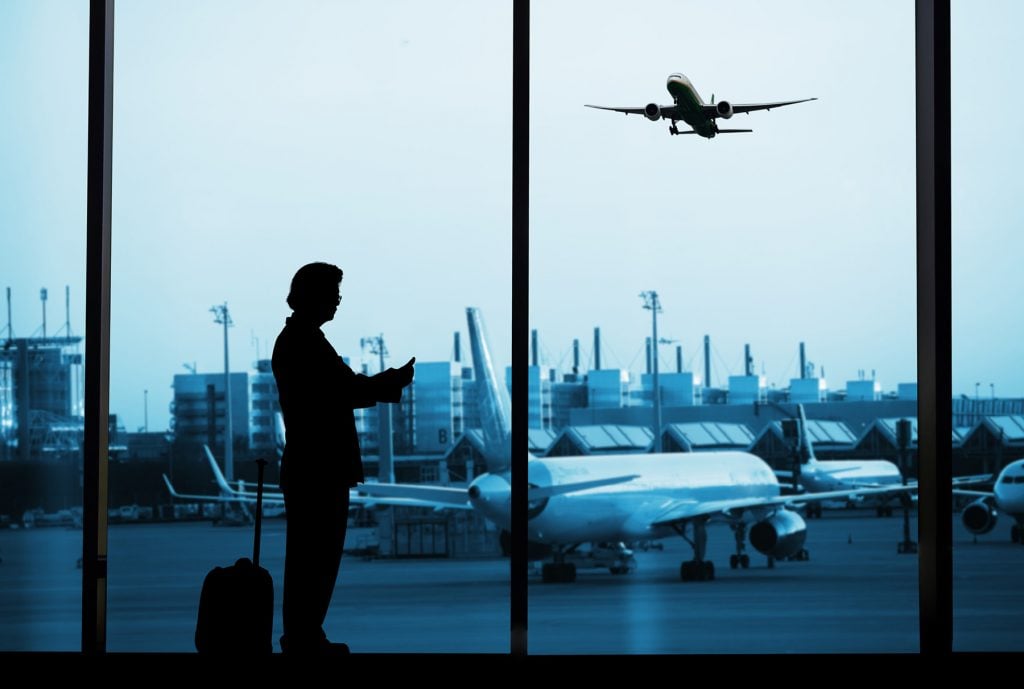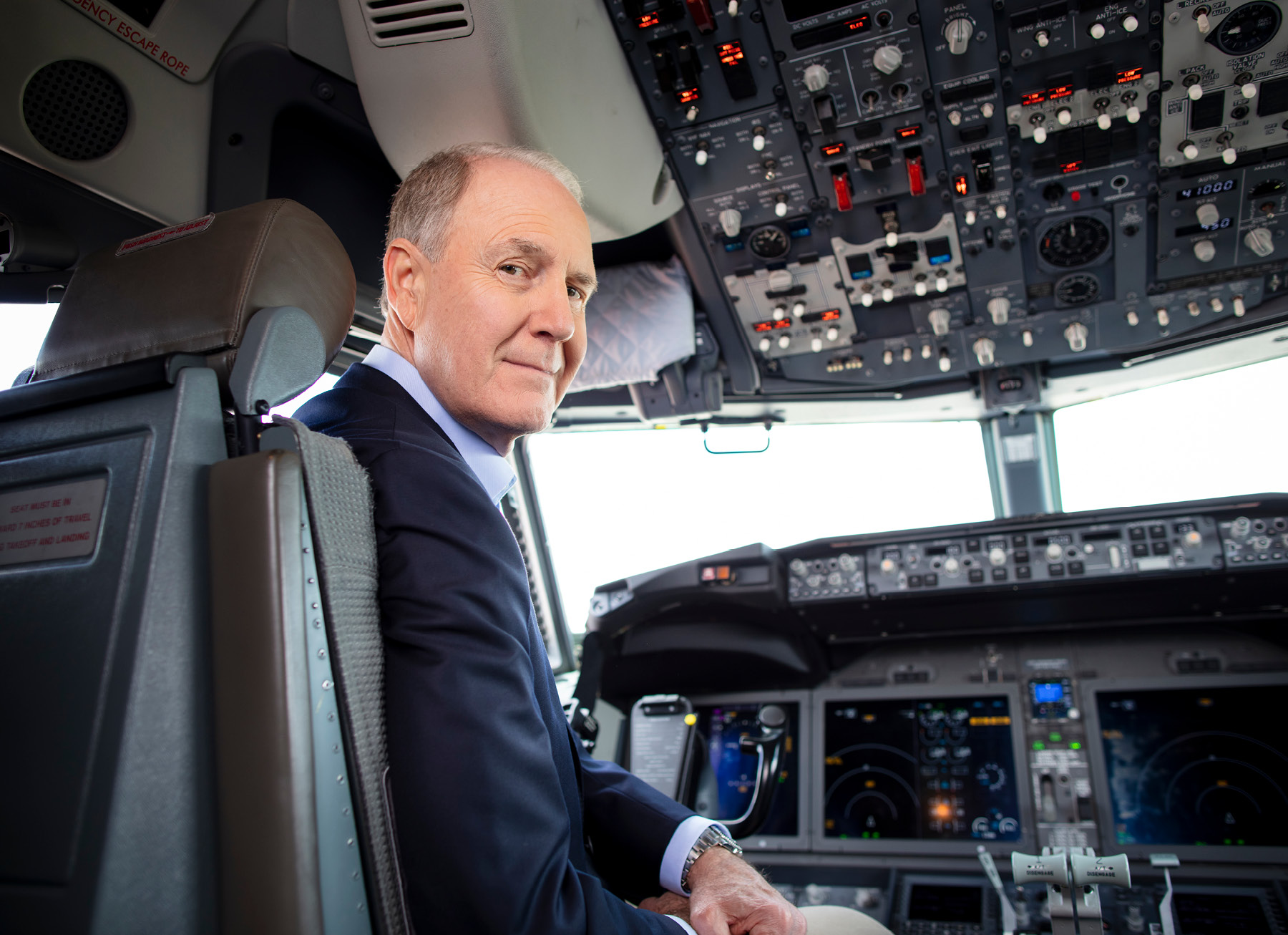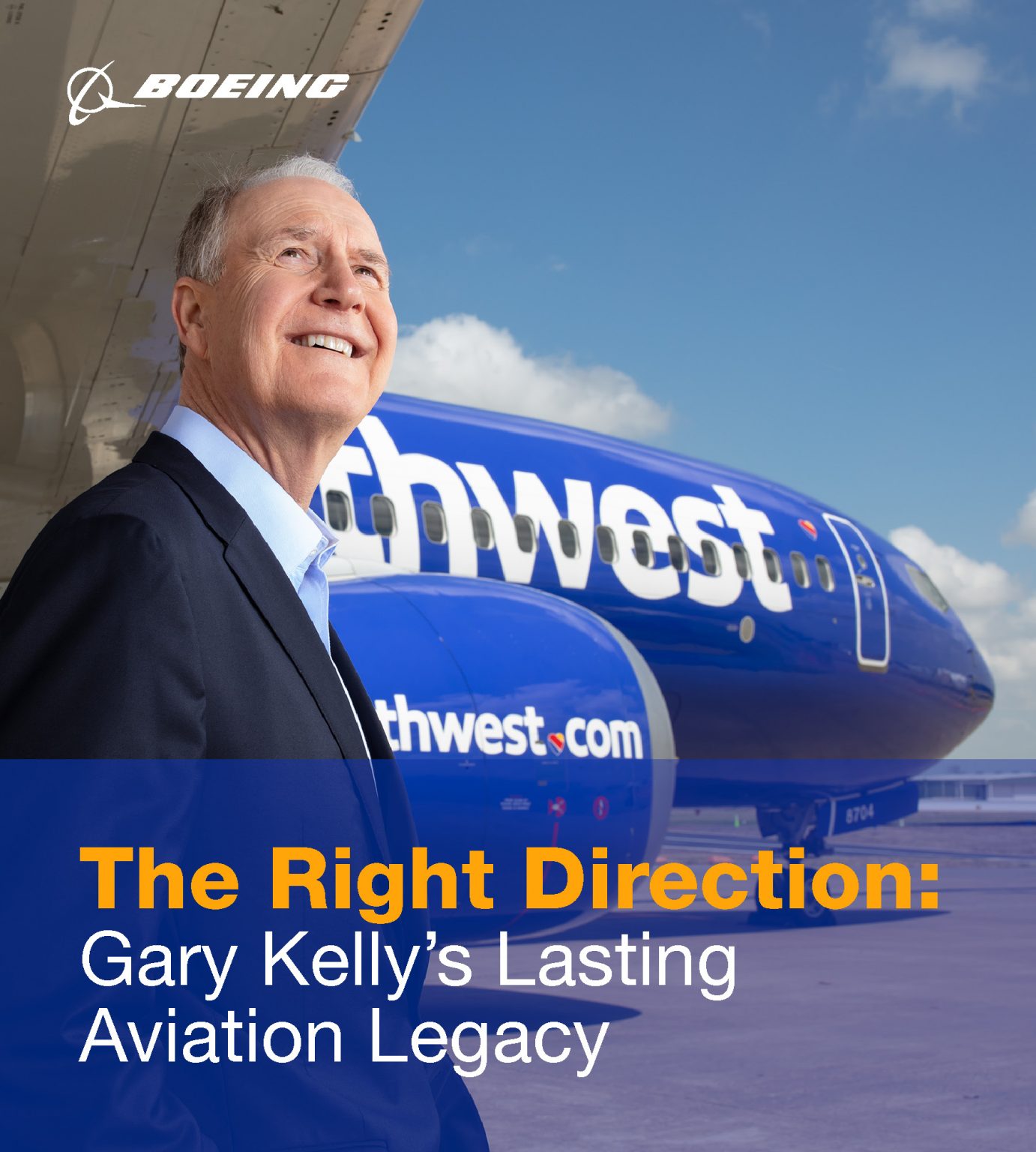Love is an unlikely theme for an airline but, then again, only Southwest Airlines can say it is headquartered next to the Dallas Love Field Airport in Texas. “We use the word love a lot,” says Executive Chair Gary C Kelly. “It’s one we’ve had a lot of fun with over the years, but it is also very meaningful for us.”

But it’s not just its address that reflects the airline’s endearing nature. Along with a heart for a logo, its ticker symbol on the New York Stock Exchange is LUV. “I don’t think there’s a lot of companies that can get away with that,” Gary smiles.
He feels that it’s an appropriate emblem for a company with a unique, family-like culture. “We relish the fact that we have a lot of highly tenured employees and people just feel like Southwest is a cause that does good things,” he shares.
This culture of success, as he calls it, is supported by an incredible record: across 50 years of operations, the airline has never put anyone on furlough. “We’re there for our people and, in return, they’re there for each other and for our customers.”

Gary himself is the perfect poster boy for these values: a San Antonio native and University of Texas at Austin accounting graduate, he joined Southwest as a controller in 1986. After three years, he was promoted to CFO, an office he remained in for 15 years before becoming Vice President Finance and Executive Vice President. In 2004, he became only the fifth CEO in the airline’s history – a position he held until February this year when he was succeeded by Robert Jordan, another Southwest veteran. There is pride in his voice when he describes himself as a “lifelong Texan”.
When the first Southwest flight took off in 1971, it heralded the arrival in the market of an airline that promised to democratize the skies. “For Southwest, the original business opportunity was that fares were very high, flight times were inconvenient, only the wealthy could afford to fly,” he reflects. “Our purpose, which has really stood the test of time, is to connect people to what’s important in their lives and we do that with friendly, reliable and low-cost air travel. We feel like we’ve given America the freedom to fly.”
As CEO and Chair, Gary guided the airline through the post-September 11 landscape. “The opportunity for us was to pivot from being so dependent upon short-distance flights and expand our capabilities to better serve long-haul flights,” he says.

One of the real strengths of this company over our 50-year history is that we’ve been prepared for the unexpected and we’re battle-tested as well.
The 2011 acquisition of AirTran Airways expanded its network by 25 per cent overnight – and handed the airline a presence in the important hubs of Atlanta and Washington, DC. At the start of 2014, the first international routes were introduced and five years later, another milestone was achieved: the launch of a service to Hawaii.
With that came another important addition. “We brought the Boeing 737-800 into our fleet, which is much better suited to long-distance flying,” Gary recalls. Today, the airline is the largest low-cost carrier in the world, connecting more than 111 cities in the US and 14 international destinations.
Last year marked an important milestone in the airline’s history although its 50th-anniversary celebrations will be remembered for the COVID-19 crisis. “The collapse in our revenue and finances was just breathtaking,” he admits. At its peak in 2020, he estimates that it was losing up to US$25 million a day.
But if anything, Southwest is resilient. “One of the real strengths of this company over our 50-year history is that we’ve been prepared for the unexpected and we’re battle-tested as well,” he says. “Our people are tough.”
It helped that Southwest had “plenty of cash in the bank”. “Actually we had more than we normally would by the tune of a billion extra dollars,” Gary explains, revealing the airline had US$4 billion in total. “And we had a very modest debt that made us eligible to access the capital markets and boost our cash reserves to see our way through these operating losses.”
Technology has allowed the airline to quickly adjust schedules to reflect the decrease in business travel and the rise in personal travel. “We shifted the nature of our route map to have a heavier emphasis on leisure destinations,” Gary says. Rather than serve traditionally popular business markets, aircraft have been rerouted towards new cities such as Bozeman, Montana; Sarasota, Florida; Myrtle Beach, South Carolina; and Santa Barbara, California.
For Gary, this chance to play offense not only introduced new streams of revenue and customers. “It was a way to maintain the financial health of the company that didn’t punish our employees,” he adds. “No pay was cut, no jobs were lost, no-one was furloughed.”
Our mantra is that we offer our customers a service at the lowest price and we expect the same in return from our suppliers and hold them to a high standard accordingly.
So what does the future hold for a business he describes as “by far the most profitable airline in the history of aviation”? A key strategic agreement with longstanding partner Boeing will see the 737 maintain its position over the next decade or so, at least as Southwest’s airline of choice. Its relationship with the aircraft manufacturer is one of a rich assortment of suppliers and vendors.
“Our mantra is that we offer our customers a service at the lowest price and we expect the same in return from our suppliers and hold them to a high standard accordingly,” he says.
As Gary reflects on his time as CEO, he knows he is leaving Southwest in safe hands. “As a low-fare brand with a low-cost business model, we are superbly positioned to compete at the top of the industry over the next 5–10 years,” he predicts.
Sponsored by: Boeing
Boeing’s relationship with Southwest began when the airline launched operations in 1971. For over a half-century, Southwest has operated more than 1,000 737s, while benefiting from the strength of a one-model fleet.
Read More



